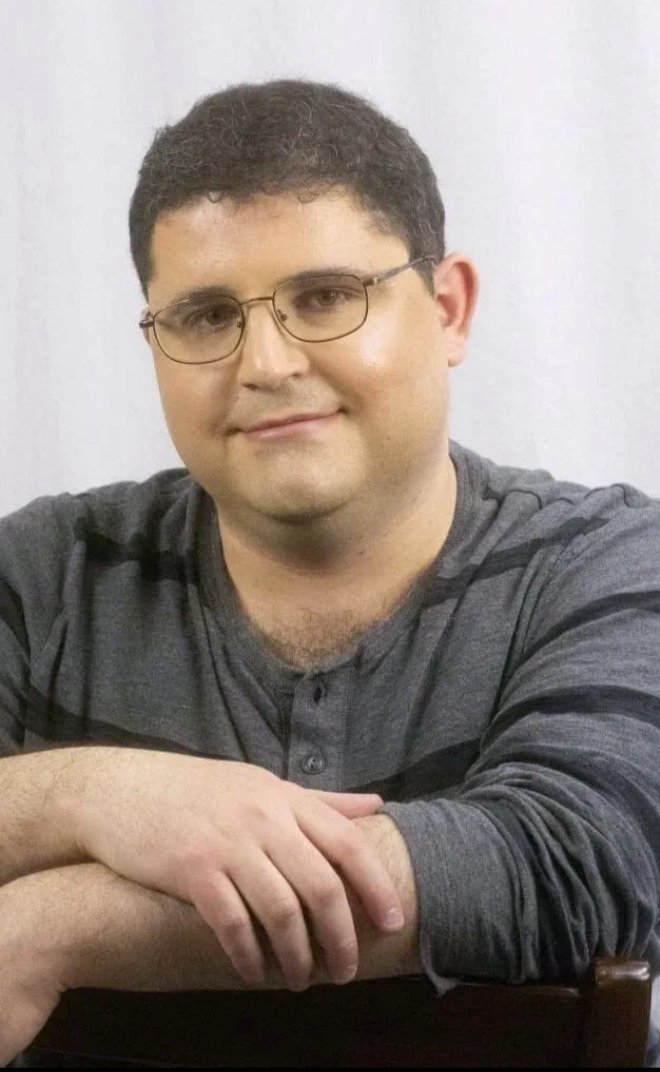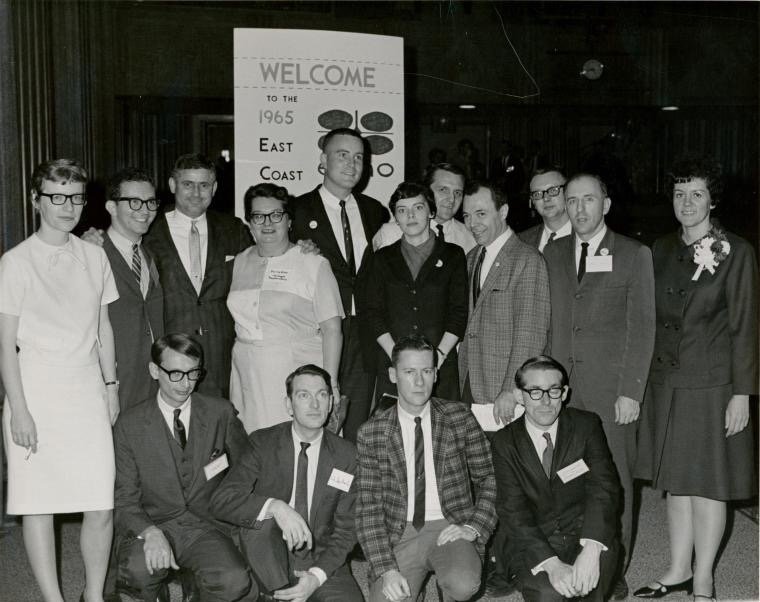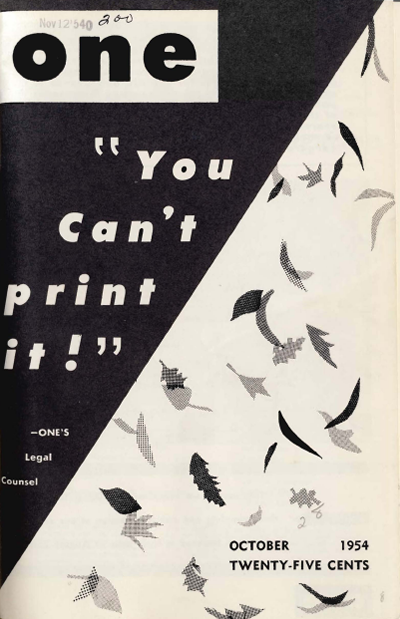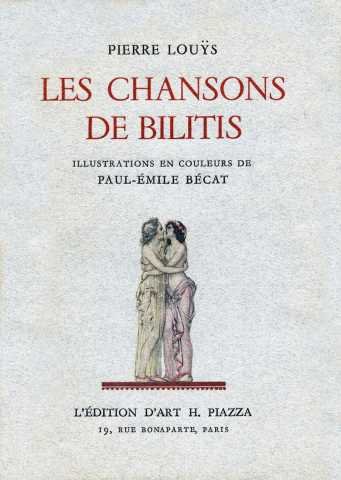43. Rainbow Rising: Homo-Feels about Homophiles, Part 2
/For this episode, Leigh is joined again by guest host Tyler Albertario, as we continue our discussion of the history of the Homophile movement. In the second and final part of this discussion, Leigh and Tyler cover the rise of East Coast Homophile Organizations (ECHO), its restructuring as the North American Conference of Homophile Organizations (NACHO), and the ultimate downfall of NACHO and most of its member organizations in the wake of the Stonewall Rebellion.
Tyler Albertario is an amateur LGBTQ+ historian specializing in the history of organizations integral to the struggle for queer liberation and equality. Since 2019, he has worked as a consultant on projects for a wide range of LGBTQ+ advocacy organizations, educational nonprofits, and content creators.
Locate Tyler upon the internet:
Articles on Medium
@TylerAlbertario on Twitter
ECHO
On January 26, 1963, representatives of the Daughters of Bilitis, the Mattachine Society of Washington, the Mattachine Society of New York, and Philadelphia’s Janus Society met in Philadelphia to discuss reorganizing the growing Homophile movement into a broader organization to promote better communication and coordination between various Homophile groups. The organization that was established as a result of this meeting was the East Coast Homophile Organizations (ECHO), which held its first official conference at the Drake Hotel in Philadelphia over Labor Day weekend.
A brochure for ECHO’s inaugural conference, held at the Drake Hotel in Philadelphia from August 31-September 1, 1963
Although not much came of this first conference, the second conference, held in Washington, D.C. in October of 1964 proved much more dramatic, and the participating organizations set an aggressive agenda of direct action going forward, which manifested in the form of picketing and public protest.
A brochure for ECHO’s 2nd annual conference, held in Washington, D.C. from October 10-11, 1964
In addition to a series of pickets at the White House and other federal buildings throughout 1965, ECHO also sponsored the “Annual Reminder” picket, a demonstration held every July 4th outside Independence Hall in Philadelphia.
Picketers at the 1966 Annual Reminder demonstration in Philadelphia.
By the end of 1965, with ECHO’s expansion and the emergence of other major Homophile organizations in the Midwest and on the West Coast, it became apparent that the structure of the movement needed to move beyond its base in the Northeast.
Delegates posing for a picture at ECHO’s 3rd annual conference, held in New York City from September 24-26, 1965
NACHO
Following ECHO’s 1965 conference, the decision was made to restructure the group into a national organization, in order to include newer and emerging Homophile groups in the Midwest and West Coast. At a planning conference held in Kansas City in February 1966, the decision was made to restructure ECHO into the North American Conference of Homophile Organizations, or NACHO.
Kansas City newspaper headline covering the February 1966 conference to restructure ECHO
NACHO continued many of ECHO’s activities and operations, while providing a substantive voice for Homophile organizations outside of the Northeast and providing a platform to coordinate national actions, such as the Armed Forces Day picket of May 21, 1966, the first multi-city gay rights picket.
Armed Forces Day picketers in San Francisco (May 21, 1966)
Despite this, NACHO’s cumbersome process for certifying and credentialing new organizations was a constant source of agitation, sometimes taking upwards of six months. Additionally, much of the decision-making influence within NACHO was soon concentrated into the hands of the regional sub-body of Northeast NACHO member organizations—the Eastern Regional Conference of Homophile Organizations, or ERCHO—much to the anger of groups from the Midwest and West Coast.
Moreover, with the rise of the student movement against the Vietnam War, more radical politics began to infiltrate the ranks of NACHO, in particular with the rise of the Student Homophile League (SHL), lead by Columbia University student Stephen Donaldson.
Stephen Donaldson (1947-1996)
At the 1968 NACHO conference in Chicago—mere days before the police riot outside the Democratic National Convention there—a contingent lead by Donaldson and other SHL members pushed through a declaration of a “Homosexual Bill of Rights,” as well as a resolution approving of the slogan “Gay is Good,” a play on the radical Black Liberation slogan “Black is Beautiful.”
Change was clearly afoot.
The Downfall of the Homophile Movement
Even before the Stonewall Rebellion, NACHO’s organizing structure had already started to come under internal pressures from more radical youth-led organizations, who wanted to adopt more confrontational protest tactics, as well as escalating East-West tensions, the latter of which lead to the August 1969 NACHO conference being “practically boycotted” by West Coast organizations.
With the firestorm of action around the Stonewall Rebellion, NACHO leaders’ reluctance to let go of tactics that had served them to this point and give way to the new energy that was encapsulating the movement, caused the core tenets of the homophile movement and its organizing structure to somewhat crumble— homophile organizations were missing from the first Stonewall anniversary march, which had been proposed as a replacement for the Annual Reminder picket, and would evolve into New York Pride.
Regardless of how the homophile movement ended, we still need and want to express gratitude and awe at how instrumental and integral this work was in opening the door to what would become the gay liberation era of the 1970s.
If you want to learn more, check out our full list of sources and further reading below!
Online Articles & Resources:
Books and Print Articles:
"Convention Plans Axed by NACHO." The Advocate Sep 15 1971: 11. ProQuest. Web. 5 Aug. 2022
Cole, Rob. "Old, New Ideas Tangle at NACHO Convention." The Advocate Sep 30 1970: 1,2, 6-7, 12, 23. ProQuest. Web. 5 Aug. 2022 .
The Deviant’s War by Eric Cervini
City of Sisterly and Brotherly Loves by Marc Stein
Out of the Past: Gay and Lesbian History from 1869 to the Present by Neil Miller
Queer America: A People’s GLBT History of the United States by Vicki L. Eaklor
Gay American History: Lesbians & Gay Men in the U.S.A. by Jonathan Ned Katz























